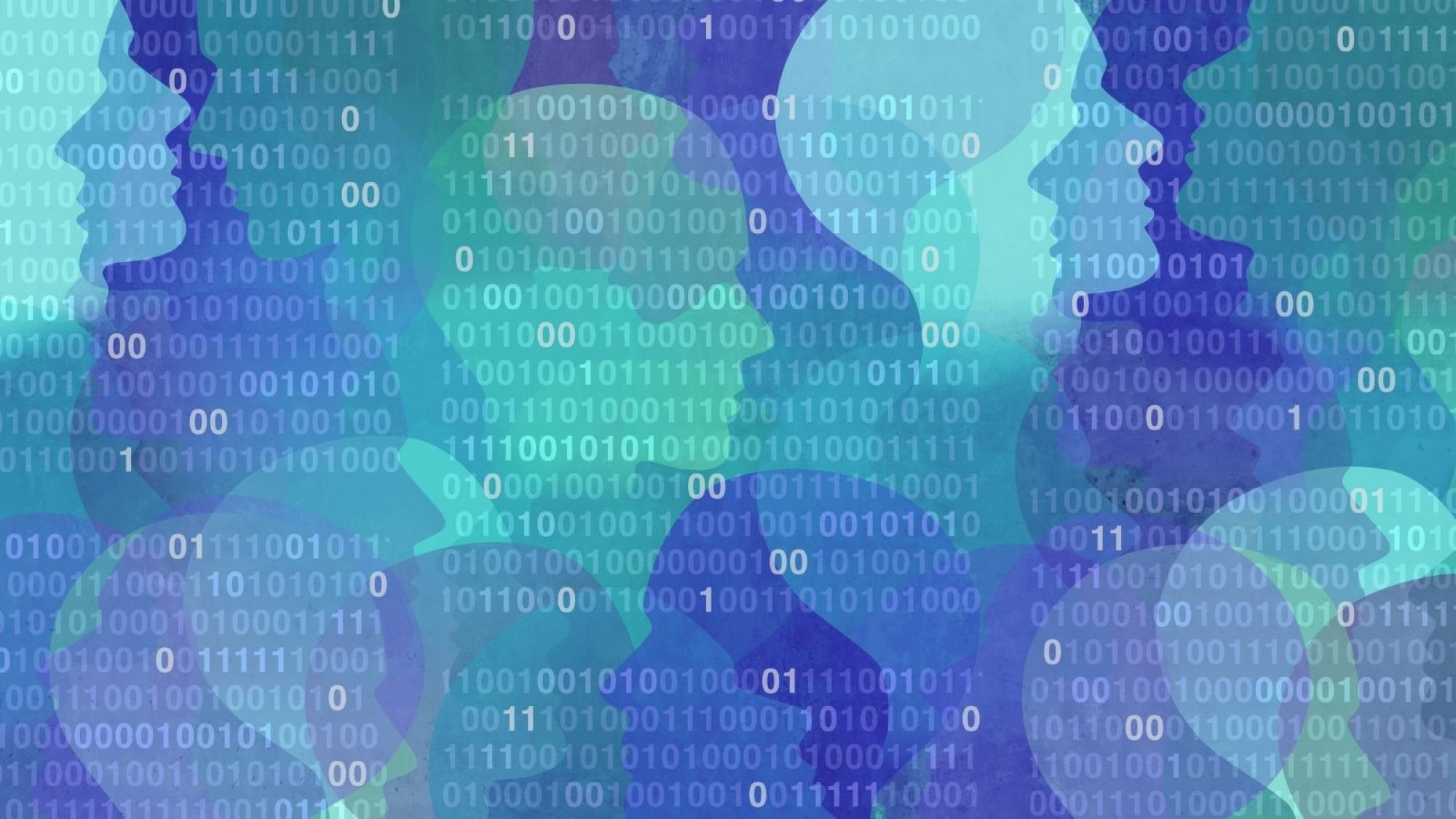Being on social media can feel like falling down a rabbit hole into a complex and confusing world. Lisa Singh, research professor in McCourt’s Massive Data Institute (MDI) and professor of computer science at Georgetown, thrives on making sense of that world by finding meaning in its millions of messages.
Singh, who specializes in what she calls “data-centric computing,” gathers and analyzes information posted online to help find solutions for public policy concerns. Her research work includes building methodologies and algorithms to mine data from the barrage of messages, photos, videos and links on Twitter, while also preserving privacy. She applies computer science methods to identify powerful signals from data that can be analyzed to understand major events, social movements and activism.
Singh’s recent research explores insights from social media about the Black Lives Matter and MeToo movements and the COVID-19 global pandemic. She also has studied forced migration in Iraq. She be- gan teaching at Georgetown in 2002, joined MDI in 2018 and is a co-founder of GU Women Coders and a member of the GU Taskforce for Gender Equity.
Much of her ongoing work draws on data gleaned from Twitter and analyzed through machine-learning computer techniques. It looks at tweets containing hashtags such as #BlackLivesMatter or #COVID19, as well as themes, frequently mentioned words, myths and the quality of linked domains. Such content offers a glimpse into what people are thinking and talking about — and how online interactions and information-sharing may change over time.
Singh readily points out that social media is not perfect for viewing the development of movements and impact of events. “It’s a biased lens in many ways and very noisy in all ways,” she says. “However, it al- lows us to understand attitudes, beliefs, behaviors and opinions in a way that we’ve not been able to in the past. That’s why it’s valuable, with the caveat that we know it’s not a representative sample.”
